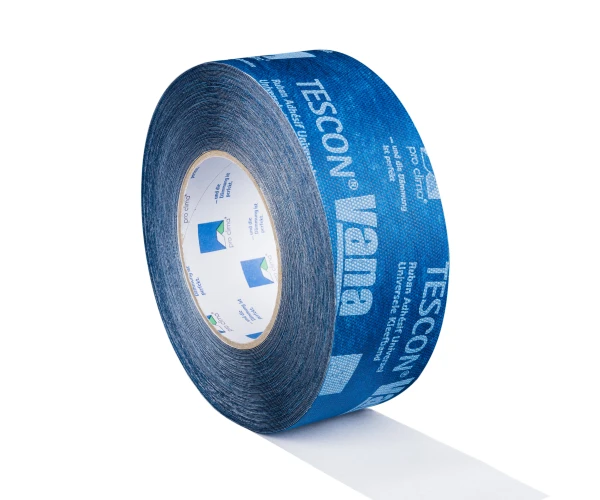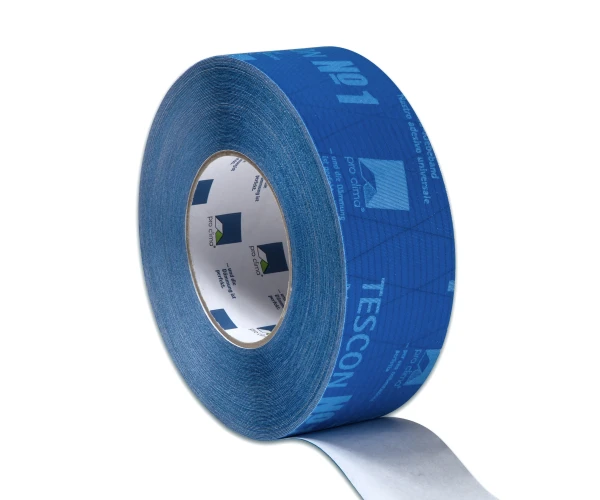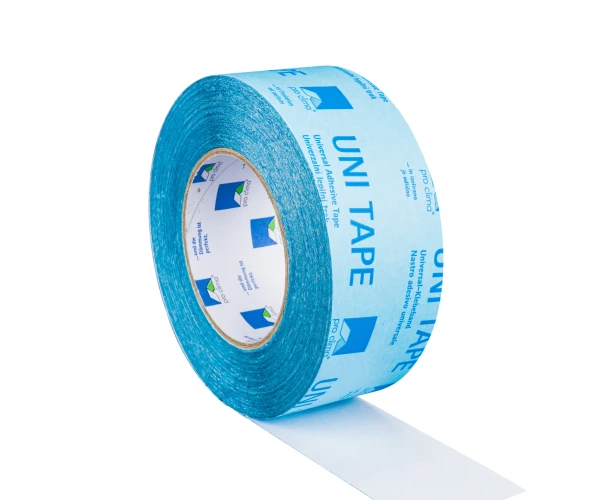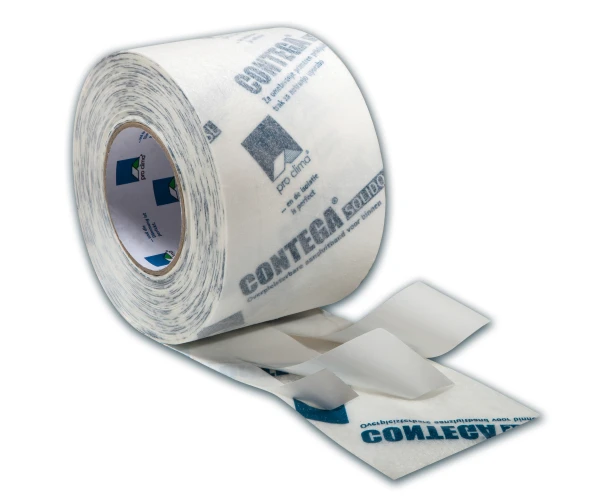Go to Section
Wetness & Airtightness - What Makes An Adhesive Tape Stick And Stay Stuck - Part 2
Wednesday 19th June 2019
Also in category: Airtight and windtight, House insulation
In part one of this blog post we looked at the key characteristics of a robust airtight adhesive tape and the main features to look out for when comparing various adhesive tapes. In this blog post we will delve a little deeper into one of the major benefits of what are known as 'solid acrylic' adhesives.
We will discuss why these are particularly crucial for achieving long term airtight bonds especially in damper climates such as that experienced in the UK and Ireland.
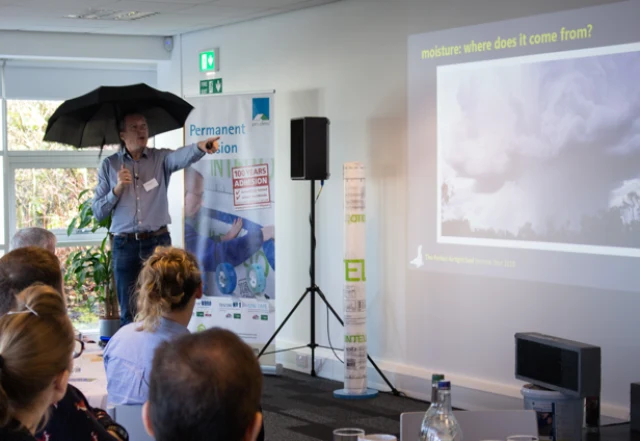
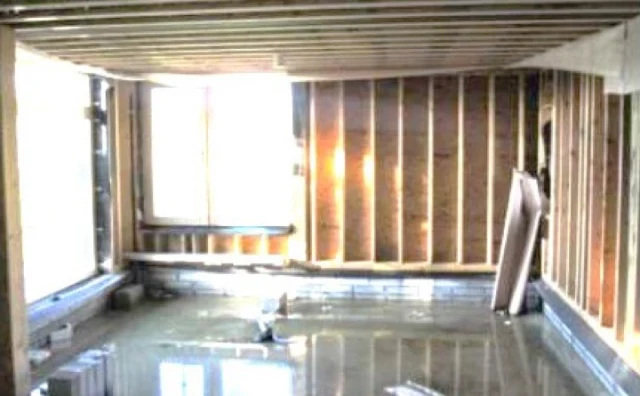
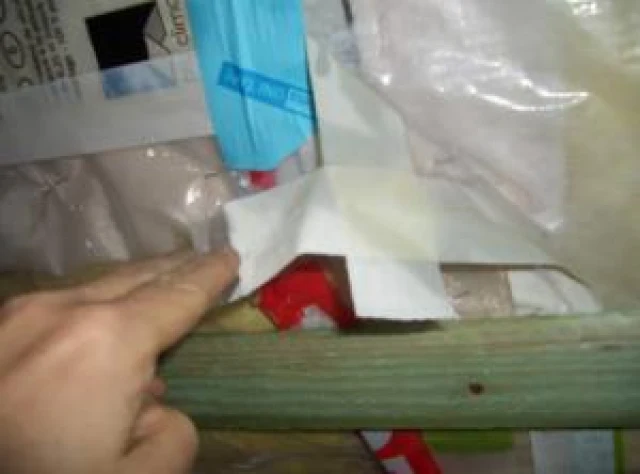
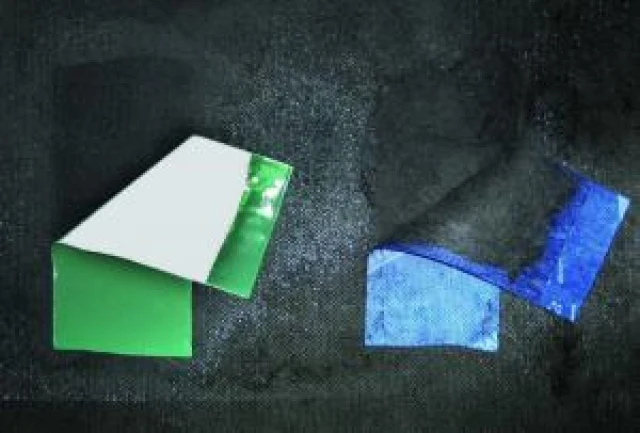
Blog author

Fintan Wallace
Architectural Technologist (Bsc Hons, CEPHC, CEPHT)
Fintan Wallace is an Architectural Technologist at Ecological Building Systems. Graduating from Dublin Institute of Technology in 2011 with a B.Sc (Hons) in Architectural Technology, it was here in D.I.T’s Bolton Street where Fintan developed a strong interest in low energy and Passivhaus design. From here he continued his studies becoming both a Certified European Passivhaus designer and tradesperson. Fintan has travelled to Baden Württemberg in Germany to study passive housing and sustainable energy technology, gaining significant knowledge regarding the use of natural insulations in timber frame and solid wall constructions. Fintan has been involved extensively in a deep energy retrofit of a property to the Enerphit standard in the west of Ireland and now advises on numerous projects throughout the UK for newbuild and retrofit.



